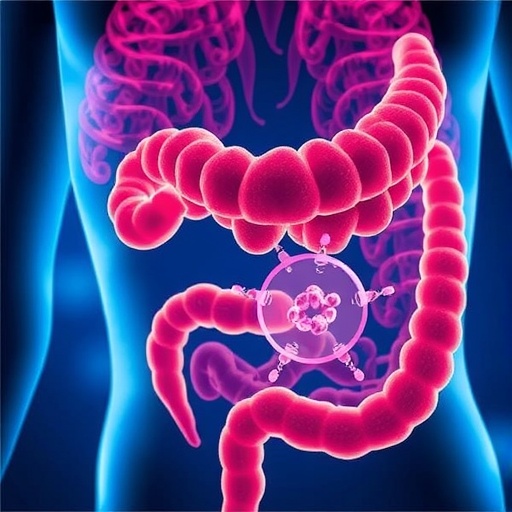
Credit: Cornell University
ITHACA, N.Y. – For the more than 1 million Americans who live with type 1 diabetes, daily insulin injections are literally a matter of life and death. And while there is no cure, a Cornell University-led research team has developed a device that could revolutionize management of the disease.
In Type 1 diabetes, insulin-producing pancreatic cell clusters (islets) are destroyed by the body's immune system. The research group, led by assistant professor Minglin Ma from the Department of Biological and Environmental Engineering, has devised an ingenious method for implanting hundreds of thousands of islet cells into a patient. They are protected by a thin hydrogel coating and, more importantly, the coated cells are attached to a polymer thread and can be removed or replaced easily when they have outlived their usefulness.
Transplantation of stem cell-derived, insulin-producing islet cells is an alternative to insulin therapy, but that requires long-term immunosuppressive drug administration. One well-researched approach to avoid the immune system's response is to coat and protect the cells in tiny hydrogel capsules, hundreds of microns in diameter. However, these capsules cannot be taken out of the body easily, since they're not connected to each other, and there are hundreds of thousands of them.
And the ability to remove the transplant is key because of its potential to form tumors.
"When they fail or die, they need to come out," Ma said. "You don't want to put something in the body that you can't take out. With our method, that's not a problem."
Taking inspiration from the way water beads on a spider's web, Ma and his team first attempted to connect the islet cell-containing capsules through a string but realized that it would be better to put the hydrogel layer uniformly around a string instead. That string: an ionized calcium-releasing, nanoporous polymer thread.
This thread – which the group has dubbed TRAFFIC (Thread-Reinforced Alginate Fiber For Islets enCapsulation) – was inspired by a spider's web but, according to Ma, is even better because the hydrogel covers the thread uniformly.
"You don't have any gaps between capsules," he said. "With a spider's silk, you still have gaps between the water beads. In our case, gaps would be bad in terms of scar tissue and the like."
This therapy would involve minimally invasive laparoscopic surgery to implant approximately six feet of hydrogel-coated thread into the patient's peritoneal cavity.
TRAFFIC has received patent protection with the help of Danish pharmaceutical giant Novo Nordisk, which developed injectable insulin more than 90 years ago and is a collaborator on the paper. Other co-authors include professor Dan Luo in the Department of Biological and Environmental Engineering, postdoctoral researcher Wei Song, doctoral students Jason Lu and Yehudah Pardo, fiber science postdoc Dahua Shou, nutritional science professor Ling Qi and postdoc Yewei Ji.
###
The paper, "Designing a Retrievable and Scalable Cell Encapsulation Device for Potential Treatment of Type 1 Diabetes," has published in Proceedings of the National Academy of Sciences.
This work was supported by the American Diabetes Association, the 3M Co., Novo Nordisk, the Cornell Technology Acceleration and Maturation Fund, the Cornell Stem Cell Program Seed Fund and the Hartwell Foundation. The work made use of the Cornell Center for Materials Research shared facilities, which are supported by the National Science Foundation.
Media Contact
Daryl Ann Lovell
[email protected]
607-592-3925
@cornell
http://pressoffice.cornell.edu
Original Source
http://news.cornell.edu/stories/2018/01/removable-implant-may-control-type-1-diabetes




